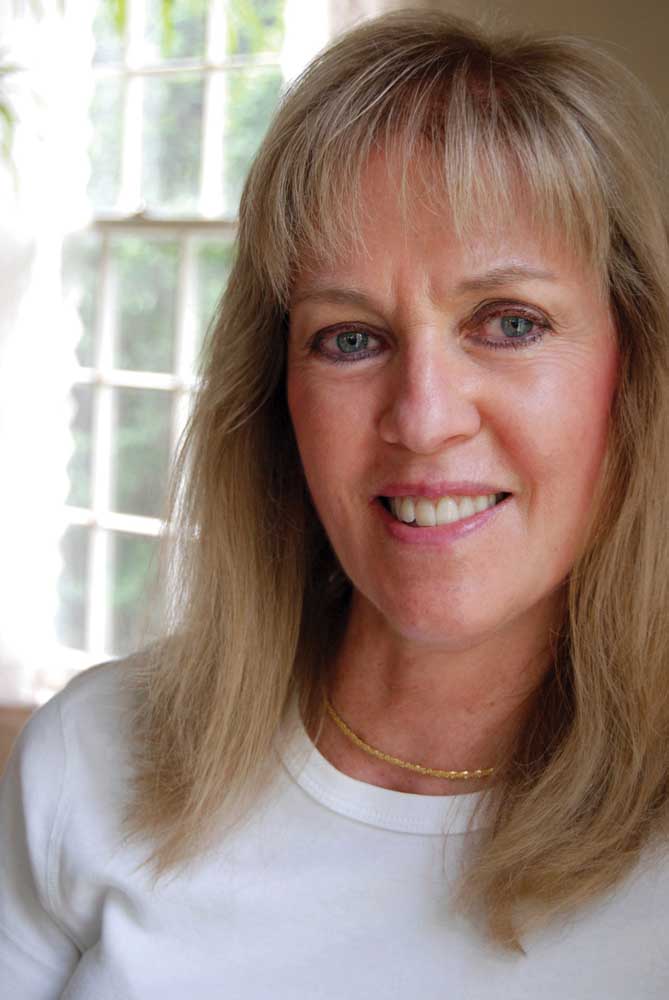Commentary; It’s time to rein in a rogue Bureau of Land Management
Published 8:46 am Saturday, July 24, 2021

- Feral
You’d think that the Bureau of Land Management would have learned from its recent assault on Utah’s beloved Onaqui wild horse herd that Americans want the agency to keep its hands off wild horses and halt the rest of the 2021 roundups.
The Onaqui roundup, which ripped 435 wild horses from the range after drugging them with fertility control for years, drew the ire of the public, celebrities, legislators and advocates. Everyone made it clear they want wild horses to be free, not privatized through an adoption program that does not protect wild horses from slaughter.
Still, it’s business as usual for the meat -industry-loving BLM. Now, Oregon’s wild horses are targeted. The BLM is slated to round up 750 from the Beatys Butte, Stinkingwater and Pokegama Herd Management Areas.
However, since the Onaqui wild horses are so frequently visited and famous, all eyes are now on the BLM — and public backlash matters.
There is hope to derail BLM’s wild horse extinction plan through Friends of Animals’ ongoing legal efforts, but also if the public keeps pressure on new leadership — Deb Haaland and Nada Culver, a new BLM director — to demand reforms to rein in this rogue agency, which has obliterated the Wild Horse and Burro Act of 1971.
The BLM can legally establish appropriate management levels, or AML; however, it doesn’t use science to do so. Then it perpetuates the lie that there are too many wild horses, convincing Congress that roundups and fertility control are necessary.
BLM has shirked responsibility to maintain thriving natural ecological balance, letting doomed livestock dominate the range. Case in point — the AML within the Beatys Butte HMA, which spans 437,120 acres, is a scant 100 to 250 wild horses. However, a staggering 4,469 cattle can graze in the Beatys Butte Common allotment.
It is the 50th anniversary of the WHBA, the perfect time to begin phasing out livestock grazing allotments in wild horse HMAs and to start using scientific models to determine AMLs and to survey the range. Doing so would also give our planet a better chance to combat the climate crisis.
Speaking of, wild horses have a positive impact on the habitat where they evolved. A recent study reveals they are ecosystem engineers, using their hooves to dig more than 6 feet deep to reach groundwater, which helps other wildlife. Other studies show wild horses do not decompose the vegetation they ingest, which allows them to spread seeds of many plant species and sequester carbon in their droppings. And they help to build more moisture-retaining soils and prevent catastrophic fires.
The BLM should be fostering an appreciation for wild horses and other native species through ecotourism instead of wiping out every animal deemed a threat to ranching. It makes economic sense, too.
According to the Department of the Interior Fiscal Year 2019 Economic Report, forage and grazing supported an estimated $2.2 billion in economic output and about 40,000 jobs. In contrast, Interior’s lands hosted an estimated 501 million visits. Recreation accounts for 469,000 jobs and contributes $60.6 billion to the economy.
And we don’t mean creating more paved roads, just create maps and put up some signs to point people in the direction of wild horses as their feet touch the Earth while hiking.
BLM’s belief that wild horses only have value if they can be adopted out, domesticated and trained is a national disgrace. It was recently publicized in the media that the “Wild Spayed Filly Futurity” event 2019 winner was from the South Steens HMA in Oregon, and our hearts sank because we visited there in 2016. Witnessing the wild horse herd dynamics was magical.
One staff member will never forget that a BLM employee at the Burns District office told her the best place to see wild horses in Oregon is the Wild Horse Corral holding prison. That statement alone says volumes about what the BLM is all about.






